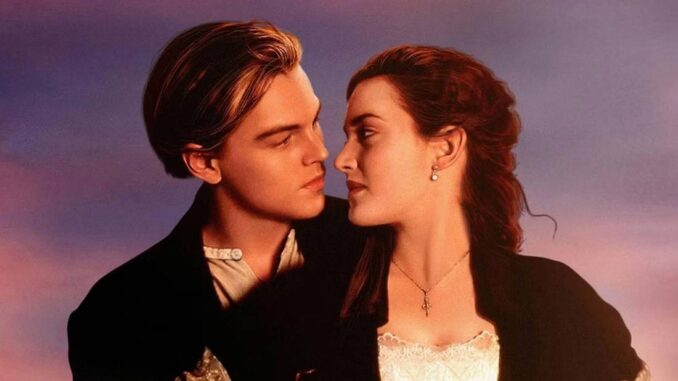
The Unsinkable Story: Titanic's New Voyage on the Digital Tide
The year was 1997. Titanic wasn't just a movie; it was a cultural iceberg, an unstoppable cinematic force that captivated the globe. Queues snaked around multiplexes, tear-stained tissues littered cinema floors, and Celine Dion's soaring ballad became an inescapable anthem. It was an event, a shared experience etched into the collective memory of a generation. Now, a quarter-century later, as Netflix's digital siren call brings James Cameron's epic back to streaming, it’s more than a mere re-release. It’s a fascinating sociological experiment, a re-contextualization that allows a "new wave of viewers" to discover the iconic tale, while offering a poignant reflection on how stories, like ships, find new oceans to sail in the ever-shifting currents of media consumption.
For those of us who witnessed Titanic’s original theatrical run, its return to streaming evokes a potent wave of nostalgia. We remember the sheer scale, the ground-breaking special effects that made the unsinkable ship feel terrifyingly real, the heart-wrenching forbidden romance between Jack and Rose that transcended class divides. We recall the collective gasp as the bow plunged, the hushed awe during the final, frantic moments, and the profound, lingering sadness that followed the credits. Watching it again on a smart TV or even a tablet, nestled on a sofa, is a different beast entirely. The grandiosity of the cinema, the palpable shared emotion in a darkened room, is replaced by the intimate, often fragmented, experience of streaming. Yet, for many, this re-watch is a comforting pilgrimage, a chance to revisit a beloved narrative that has, in a curious way, become an old friend, a testament to the enduring power of its storytelling.
But the true revelation lies in the "new wave of viewers" – a generation that might have been toddlers, or not even born, when the RMS Titanic first sank on screen. For them, Titanic isn't a cultural behemoth they had to see; it's another tile in Netflix's infinite scroll, perhaps suggested by an algorithm, or sparked by a viral TikTok soundbite. Their discovery is unburdened by the weight of its original hype. They approach it with fresh eyes, perhaps finding Leo's boyish charm or Kate's defiant spirit through a modern lens. They might marvel at the special effects, not as revolutionary for their time, but as remarkably well-preserved for a film of its era. The three-hour-plus runtime, once a commitment, now becomes something to be broken into chunks, paused for snack breaks, or even fast-forwarded through moments that don’t immediately resonate with a generation accustomed to rapid-fire content.
This shift in consumption methods highlights a crucial difference in how stories are experienced. Where once Titanic demanded our full, undivided attention in a darkened auditorium, it now competes with notifications, social media, and the myriad other distractions of the digital age. Will the emotional impact be diluted? Perhaps. But it also gains accessibility. The film becomes a conversation starter across generations, a shared reference point. Parents can now introduce their children to "that movie everyone talked about," bridging a gap in cultural understanding. Memes spawned from iconic scenes resurface, imbued with new irony and meaning by a younger audience, proving that the characters and their plight are still relatable, still capable of inspiring both earnest emotion and playful mockery.
Ultimately, Netflix's decision to bring Titanic back is more than just a smart catalog choice; it's an affirmation of the unsinkable nature of a truly compelling narrative. Like the ghost ship itself, occasionally rising from the depths in our collective imagination, Titanic resurfaces, finds a new digital life raft, and sails on. It proves that despite evolving technologies and shifting viewing habits, the fundamental human hunger for grand spectacles, for star-crossed love, and for tragic beauty remains. This new voyage allows the film to continue its legacy, not just as a relic of a past cinematic era, but as a vibrant, ever-relevant story, charting a course through the pixelated waves of a whole new generation's discovery. The heart, indeed, goes on – and so, too, does the story of the Titanic, finding new anchors in the digital ocean.
